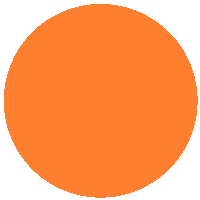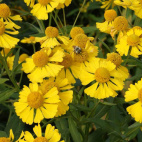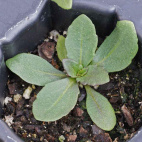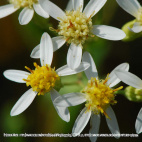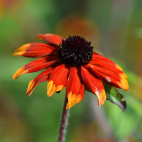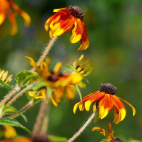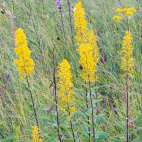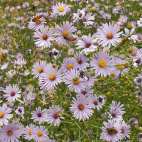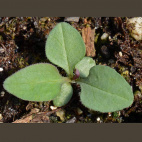Color
Availability
USDA Zone
Region
Type
Duration
Season
Germination
Soil
Sunlight
Height
Use
Narrow Your Search
Color
Availability
USDA Zone
Region
Type
Duration
Season
Germination
Soil
Sunlight
Height
Use
Wildflower Seeds - Northern Region
The Northern region is home to our Canadian friends in the eastern provinces, as well as the northern-most part of the Eastern US. This area is characterized by a long, cold winter with lots of snow, and a short humid summer that only lasts about 3 or 4 months. Most of the area is classified as a UDSA Growing Zone 4 or less, and the species that grow here have interesting ways to perpetuate themselves in spite of the short growing season. There are a lot of forests and wetlands in this region, so adequate moisture is hardly ever a problem. Look up your growing zone to make sure that the Northern wildflower seeds that you want to grow are winter hardy. Alternatively, just order annual flower seeds online so that the plant does not need to make it through the winter, but can reseed itself and come back from seed the next year.
-
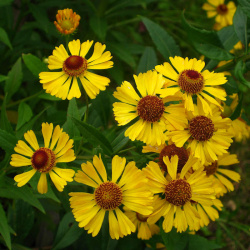 Autumn Sneezeweed Seeds
Helenium autumnale
If you tend to have heavy or wet soil in your garden spot, then these may be just the wildflower that you need! The daisy-like perennial can also be grown in a medium soil but needs to be well-watered, as they do not tolerate drought.Quick View$2.98 Pkt - $10.57 / Oz
Autumn Sneezeweed Seeds
Helenium autumnale
If you tend to have heavy or wet soil in your garden spot, then these may be just the wildflower that you need! The daisy-like perennial can also be grown in a medium soil but needs to be well-watered, as they do not tolerate drought.Quick View$2.98 Pkt - $10.57 / Oz -
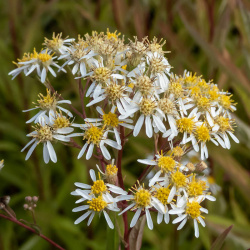 On Sale!
Flat Topped Aster Seeds
Aster umbellatus
Blossoming in late summer, these soft, white flower clusters top 4' stalks. In the wild, this flat topped aster wildflower grows in moist, sandy areas or woodlands.Quick Viewx
On Sale!
Flat Topped Aster Seeds
Aster umbellatus
Blossoming in late summer, these soft, white flower clusters top 4' stalks. In the wild, this flat topped aster wildflower grows in moist, sandy areas or woodlands.Quick ViewxFlat Topped Aster Seeds
Aster umbellatus
Blossoming in late summer, these soft, white flower clusters top 4' stalks. In the wild, this flat topped aster wildflower grows in moist, sandy areas or woodlands.
$3.75 Pkt - $64.00 / Oz -
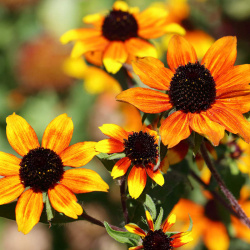 Out Of Stock
Red Sport Seeds
Rudbeckia triloba variation
Red Sport is a naturally occurring variation of Brown-eyed Susan. It produces numerous small blooms that are mostly red but still have a little yellow showing through. It is a short-lived perennial that is quite easy to grow.Quick View$3.48 Pkt - $21.00 / Oz
Out Of Stock
Red Sport Seeds
Rudbeckia triloba variation
Red Sport is a naturally occurring variation of Brown-eyed Susan. It produces numerous small blooms that are mostly red but still have a little yellow showing through. It is a short-lived perennial that is quite easy to grow.Quick View$3.48 Pkt - $21.00 / Oz -
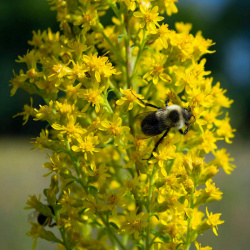 On Sale!
Showy Goldenrod Seeds
Solidago speciosa
Of course this is the showiest Goldenrod! Not only does it have masses of yellow blooms, but it also is taller than most of the other species. This perennial makes a tremendous late-season pollen source for honeybees and is also known for its medicinal qualities.Quick Viewx
On Sale!
Showy Goldenrod Seeds
Solidago speciosa
Of course this is the showiest Goldenrod! Not only does it have masses of yellow blooms, but it also is taller than most of the other species. This perennial makes a tremendous late-season pollen source for honeybees and is also known for its medicinal qualities.Quick ViewxShowy Goldenrod Seeds
Solidago speciosa
Of course this is the showiest Goldenrod! Not only does it have masses of yellow blooms, but it also is taller than most of the other species. This perennial makes a tremendous late-season pollen source for honeybees and is also known for its medicinal qualities.
$3.75 Pkt - $26.00 / Oz -
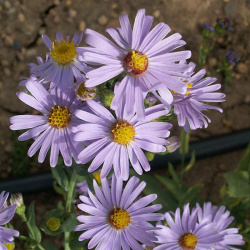 On Sale!
Smooth Blue Aster Seeds
Aster laevis
These bright blue flowers will add color to the autumn landscape. Unlike many asters, this variety produces perfectly smooth foliage and stems. This Aster is widely used in prairie restoration mixes.Quick View$3.75 Pkt - $15.95 / Oz
On Sale!
Smooth Blue Aster Seeds
Aster laevis
These bright blue flowers will add color to the autumn landscape. Unlike many asters, this variety produces perfectly smooth foliage and stems. This Aster is widely used in prairie restoration mixes.Quick View$3.75 Pkt - $15.95 / Oz -
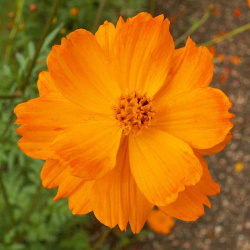 Tall Orange Sulphur Cosmos Seeds
Cosmos sulphureus
A favorite for pressing, this intense orange flower also makes a brilliant bouquet. This annual is very easy to grow and works well for cut flower gardens or butterfly gardens alike.Quick View$3.48 Pkt - $7.09 / Oz
Tall Orange Sulphur Cosmos Seeds
Cosmos sulphureus
A favorite for pressing, this intense orange flower also makes a brilliant bouquet. This annual is very easy to grow and works well for cut flower gardens or butterfly gardens alike.Quick View$3.48 Pkt - $7.09 / Oz
The Northern region is home to our Canadian friends in the eastern provinces, as well as the northern-most part of the Eastern US. This area is characterized by a long, cold winter with lots of snow, and a short humid summer that only lasts about 3 or 4 months. Most of the area is classified as a UDSA Growing Zone 4 or less, and the species that grow here have interesting ways to perpetuate themselves in spite of the short growing season. There are a lot of forests and wetlands in this region, so adequate moisture is hardly ever a problem. Look up your growing zone to make sure that the Northern wildflower seeds that you want to grow are winter hardy. Alternatively, just order annual flower seeds online so that the plant does not need to make it through the winter, but can reseed itself and come back from seed the next year.

